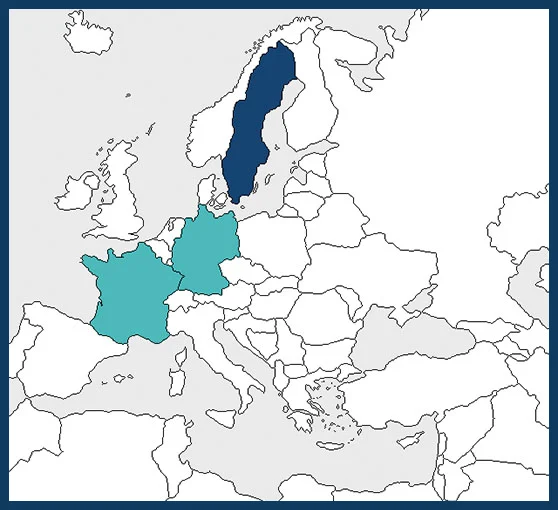01-2014 to 12-2016
€906 153
David Wardle
david.wardle@slu.se
Swedish University of Agricultural Sciences – SWEDEN (Coordinator)
CNRS – University of Paris Sud – FRANCE
IRD – University of Marseille, IMBE – FRANCE
Technical University of Munich – GERMANY

It is now widely accepted that prevention and early responses are the best strategies to mitigate the impacts of invasive alien species. Consequently, research efforts must focus on prediction, both of the likely distribution of invasions and of their impact in newly invaded areas. Accounting for global environmental changes is obviously crucial for these predictions. It is also important to combine a better understanding of robust, general outcomes from global studies with a finer, more detailed understanding of mechanisms from specific communities.
FFII aims at better forecasting the future of invasions and their impacts worldwide. To reach this goal, particular attention will be paid to patterns, processes and the impacts of biological invasions.
FFII will implement the following activities:
1. Studies of large-scale patterns of biodiversity
Studies that encompass a range of scales, model systems and types of methodologies will be performed. Large-scale patterns of biodiversity (macroecology) will be analysed, using global model systems such as the 35 biodiversity hotspots, the network of 138 000 Protected Areas and the database of >5000 islands worldwide. A very large number of species will be analysed, including the IUCN’s list of “100 of the World’s Worst Invasive Species”, the list of the 800 invasive alien species in the Global Invasive Species Database (GISD) and the 60 000 IUCN Red-Listed species.
2. Development of invasive alien species distribution models
Bioclimatic species distribution models on large samples of invasive alien species will be developed to predict their current and future potential distributions worldwide and consequently the potential effects of global changes in climate and land use on biological invasions. This combination of activities will allow assessment of patterns in the global spread and impact of the invasive alien species worldwide, and thus provide a global assessment of the future impact of invasive alien species on the 60,000 species in the IUCN Red List Database.
3. Ants as a model taxonomic group
To complete this approach, FFII will focus on ants as a model example of a large and homogeneous taxonomic group at a finer scale. The objective is to incorporate ecological components to complement the bioclimatic modelling approaches described above to predict the future distribution of ant species, as well as the mechanisms and magnitude of their likely impact in invaded areas. To this end, FFII will combine modern species distribution models with field and lab experiments, as well as statistical analyses of a unique database of 25 ecological traits of the 14000 ants worldwide. In parallel, FFII will work on several study models (including models on spread of invasive ant species in New Caledonia and worldwide, their invasion processes and impacts). The results will be used to develop an innovative control method for invasive ants that is based on dominance hierarchies among species.
Results will be disseminated in a variety of ways in order to best target a range of societal groups. Stakeholders will be regularly informed as the work progresses through specific deliverables and events. A concluding meeting will for example be organized in New Caledonia addressing invasive species management in small island states, and specifically targeting New Caledonian stakeholders. Further, given the importance of FFII results for other stakeholders (notably the managers of protected areas in Europe), strong links with the chief representatives of major stakeholders, including the ISSG of the IUCN, the Bern Convention (run by the Council of Europe), the WWF and the PNF (Parcs Nationaux de France) will be developed.